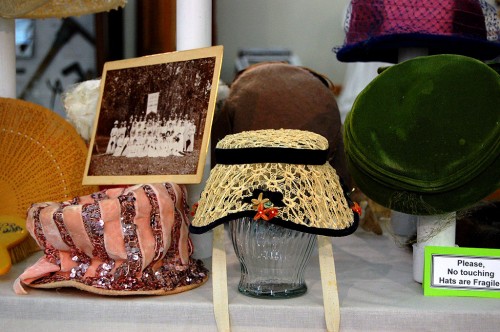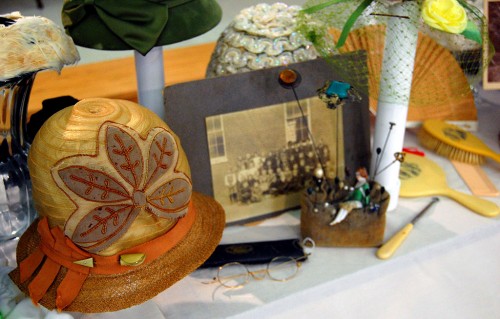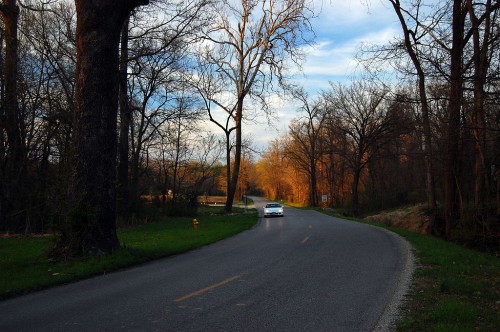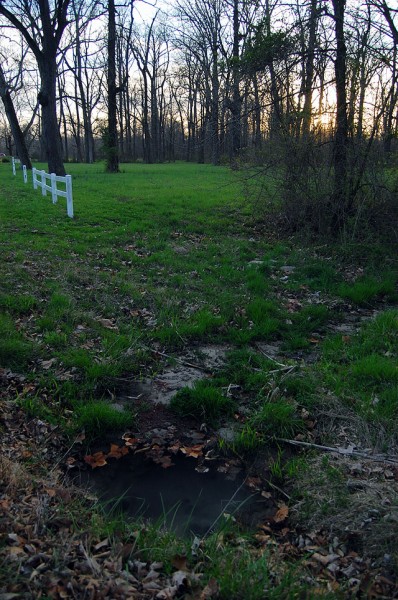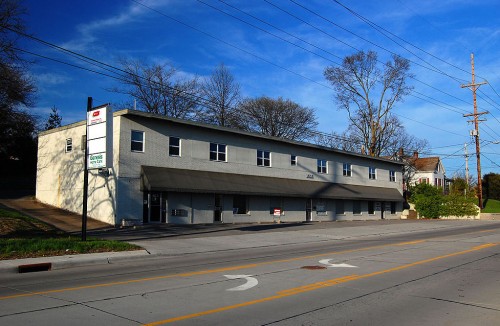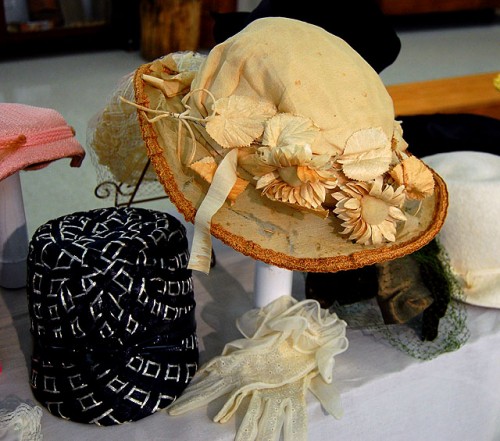 When I was in Cape last fall, I wrote a piece for my bike blog about my favorite ride: the 26-mile run from Cape to Altenburg.
When I was in Cape last fall, I wrote a piece for my bike blog about my favorite ride: the 26-mile run from Cape to Altenburg.
I try to stop in at the Lutheran Heritage Center and Museum whenever it’s open. Their permanent collections are full of fascinating artifacts of the German communities. I see something new every time I visit. The staff is friendly and knowledgeable. It’s free, but your conscience should twitch a little if you don’t throw SOMETHING in the donation box on the way out the door.
I was planning on doing a series on cool stuff to see in Perry County, but the Easter bonnet theme caused me to jump the gun.
Hats off to 100 Years
The current exhibit features 100 historic hats and related photographs and other artifacts. It is the inaugural celebration of the Perry County Lutheran Historical Society’s centennial year as an historical society.
These aren’t hats from some far-off place. These are hats worn by local women who loaned them to the center just like they loaned their aprons to the exhibit I saw last fall. Knowing that the hats were worn by real women to Perry County church services or club meetings make them come to life for me.
Historical Society organized in 1910
 The Perry County Lutheran Historical Society was organized in 1910 to preserve, interpret and promote the Log Cabin Seminary. The exhibit is open from 10 a.m. to 4 p.m. daily. Bus tours and groups are welcome.
The Perry County Lutheran Historical Society was organized in 1910 to preserve, interpret and promote the Log Cabin Seminary. The exhibit is open from 10 a.m. to 4 p.m. daily. Bus tours and groups are welcome.
I wasn’t in Missouri for the Christmas Tree display between Nov. 18 and Jan. 5.
My Mother mentioned to the tour guide that it hasn’t been too long ago that women didn’t feel dressed unless they were wearing a hat and gloves.
This looks like Brain Coral
Maybe I’ve been in Florida too long, but this one makes me think of Brain Coral
Who needs pepper spray?
You didn’t want to have to chase one of these intricately-designed hats down the street on a windy day, so you used hat pins to hold it on. I am reasonably sure you couldn’t board a plane wearing one of these today. Some of those pins looked to be as much as eight inches long. I can see now how they were good tools for defending one’s honor.
How do I get to Altenburg from Cape?
View Cape Girardeau to Altenburg Bike Route in a larger map
There are more direct ways, but the way I go by bicycle is a great route. It takes you through some beautiful farming country that’s just now greening out. If you click on the map, it’ll make it larger. You can pan and zoom to see more detail.
You’ll pass farm houses that have to be closer to 200 years old than 100. You’ll cringe when you come to some bridges that are marked as one-lane when you recall that we drove on them as two-lane bridges at 60 mph.
The Tour of Missouri rode a good portion of this route. When you come to some of the steeper hills, think of climbing them under your own power on a bicycle. When you come to some of the sharper curves, think of taking them with 120 of your closest friends on all sides of you in a game of chicken.
Check out the Heritage Center web site
The Lutheran Heritage Center and Museum has an easy to navigate, uncluttered web site with lots of information. If you make the trip, tell them you heard about them here.

